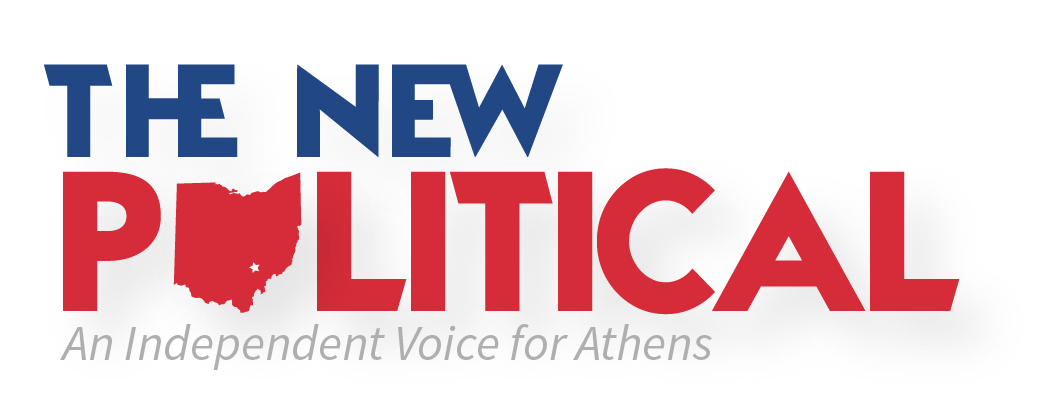RETRO REPORT: A quick history of the drinking age in the U.S
Photo via: New York Times/Public domain,/Wikimedia Commons
Drinking is a huge social activity for many students on college campuses. However, underage drinking is the top reason why students get arrested while in college. Since the most common drinking age around the world is 18, some U.S. students may feel frustrated as to why they have to wait the extra three years to pop open that Smirnoff Ice. Some may be surprised to learn that the United States actually has quite a long history with alcohol laws.
There was no standard age or laws regarding drinking during the early stages of America. The lack of structure resulted in many negative consequences. In 1830, the average American over 15 was consuming three times the amount of alcohol that we consume today. This led to large amounts of alcohol abuse, which was seen primarily in men.
Concerns about how this excessive drinking led to a rise in support for the Temperance Movement. The Temperance Movement came from the Protestant Church to help people resist the urge to drink. Temperance activists promoted drinking in moderation or complete abstinence from the “demon rum.” They blamed alcohol for health-related issues, violence and death.
The earliest temperance organization was founded in New York in 1808, and the movement continued to spread and gain popularity in several states. By the 1830s - 1840s, the anti-alcohol movement became quite serious, and abolitionists believed that the government should prohibit alcohol altogether.
The Civil War put a halt on the Temperance Movement. The focus shifted to the war, and many Temperance activists joined in the war efforts. The states also needed the tax revenue on alcohol to help fund the war. However, when the war ended, the Temperance activists got back to work.
In 1873, the Women's Christian Temperance Union (WCTU) was founded. It grew into the largest women's religious organization in the 19th century with leadership from Frances Willard, its second president. Willard was concerned with other social issues, such as women's suffrage, which led to an allyship with women such as Susan B. Anthony and Elizabeth Cady Stanton.
The WCTU had great success, but their final goal was getting a prohibition amendment added to the constitution. This goal was made possible by the Anti Saloon League under the leadership of Wayne Wheeler. The ASL was founded in Oberlin, Ohio, in 1893. It became the most successful single-issue lobbying organization in American history.
In 1913, the federal government no longer needed liquor taxes to help fund them due to the ratification of the income tax amendment. As America entered into World War 1, the ASL created propaganda connecting Germans to beer. These two things combined helped to push the movement, and in 1917, the 18th amendment went through both houses of Congress and was ratified in 1919.
In 1920, America entered the era of prohibition when the amendment went into effect, banning the production, transportation and sale of alcohol. However, this victory was short-lived and people continued to drink alcohol, which created more crime
In 1932, Franklin D. Roosevelt’s campaign included the repeal of prohibition. Sure enough, he defeated Herbert Hoover and created the 21st Amendment, which would repeal the 18th Amendment.
Less than three weeks after Roosevelt took office, he signed the Cullen-Harrison Act, or the Beer Wine Revenue Act, which legalized the sale of wine and beer. It went into effect on April 7, 1933, and the country celebrated by drinking. April 7th is now known in the United States as National Beer Day.
On December 5, 1993, the 21st Amendment was ratified and let each state be in control of their drinking age. The Majority of states set their drinking age to 21. But when the voting age was lowered to 18 with the passing of the 26th amendment in 1971, most states also lowered their drinking age to 18.
The age decrease increased concerns about drunk driving in teenagers. Research showed that there was a link between the spike in car crashes among teenagers and the lowered drinking age. Many advocacy groups like Mothers Against Drunk Driving (MADD) wanted to raise the age to 21, but not every state did.
In 1984, President Regan signed the National Minimum Drinking Age act. The law mandated the states to change their minimum drinking age to 21. If they refused, they were at risk of losing federal highway funding. By 1988, all states had accepted the law, and the minimum drinking age was 21, where it is today.
There is still debate on the drinking age today. Some argue that the drinking age being 21 causes more underage drinking and that because 18-year-olds are adults, they should have the right to drink. They believe that if the drinking age were lowered, it would promote healthier drinking habits. Others believe that lowering the drinking age would cause an increase in health-related issues, car accidents and substance abuse.

